I'm starting with a SpatialPolygonsDataFrame which has the data to create a map of the districts of Ghana (available at http://www.diva-gis.org/datadown). I'm trying to create a matrix with the names of the districts as row and column names and 0s/1s in the interior to indicate if two districts are adjacent (neighboring) or not.
I've found several functions in spdep that seem promising, but I can't figure out how to use them for this purpose. I was able to create a "nb" file with the data using poly2nb, but am unsure how to proceed from here or even if I'm on the right track.
I'd really appreciate any help! Thank you!
